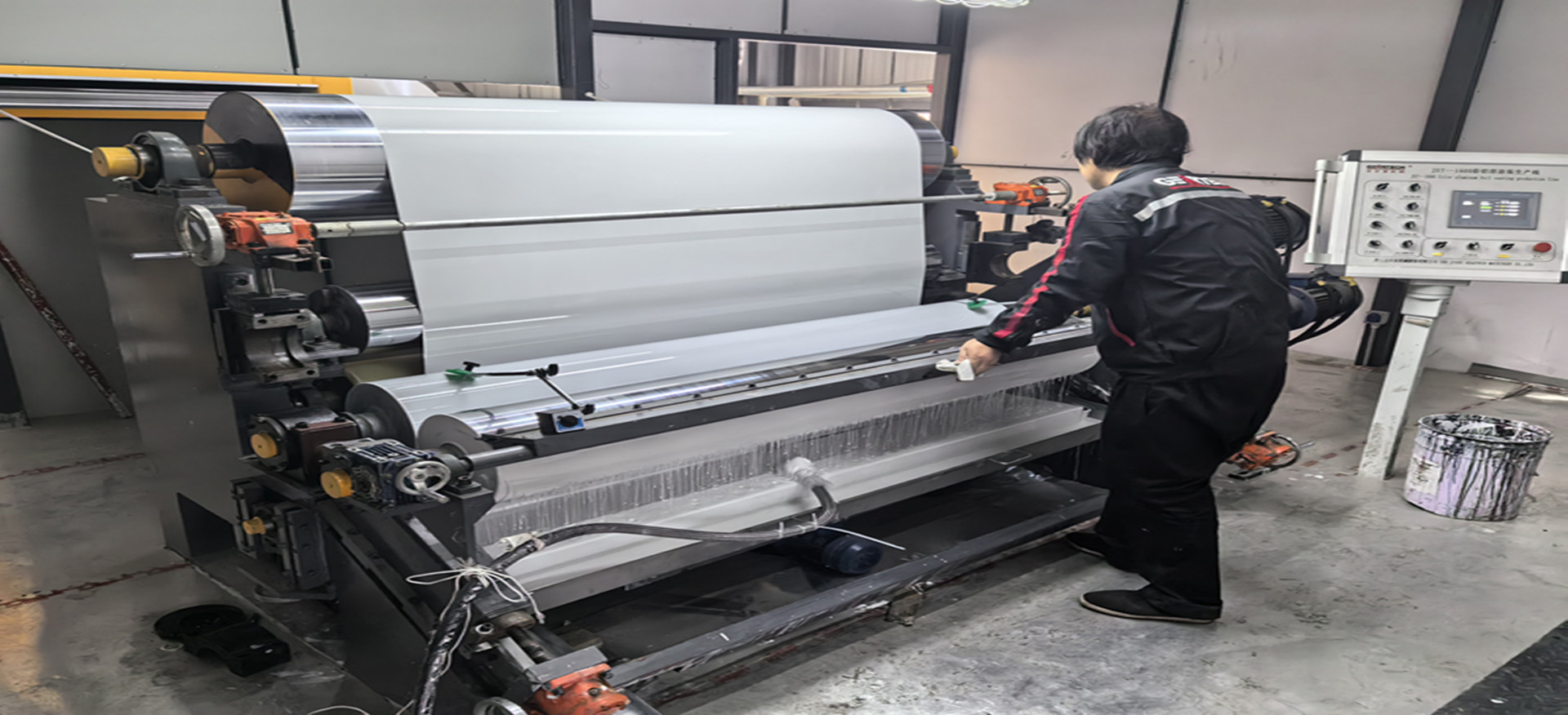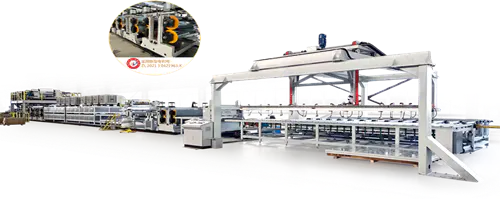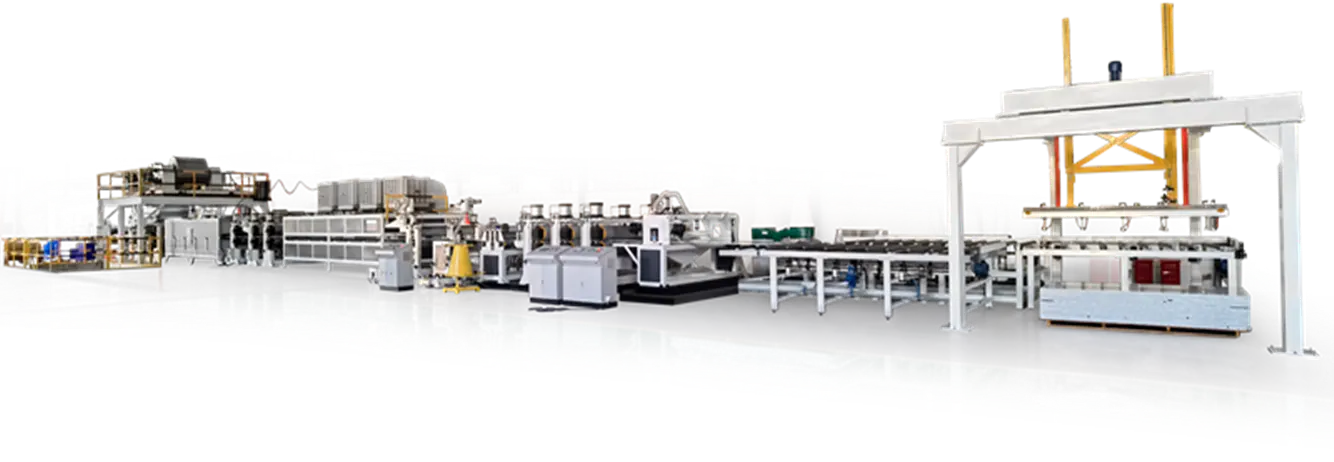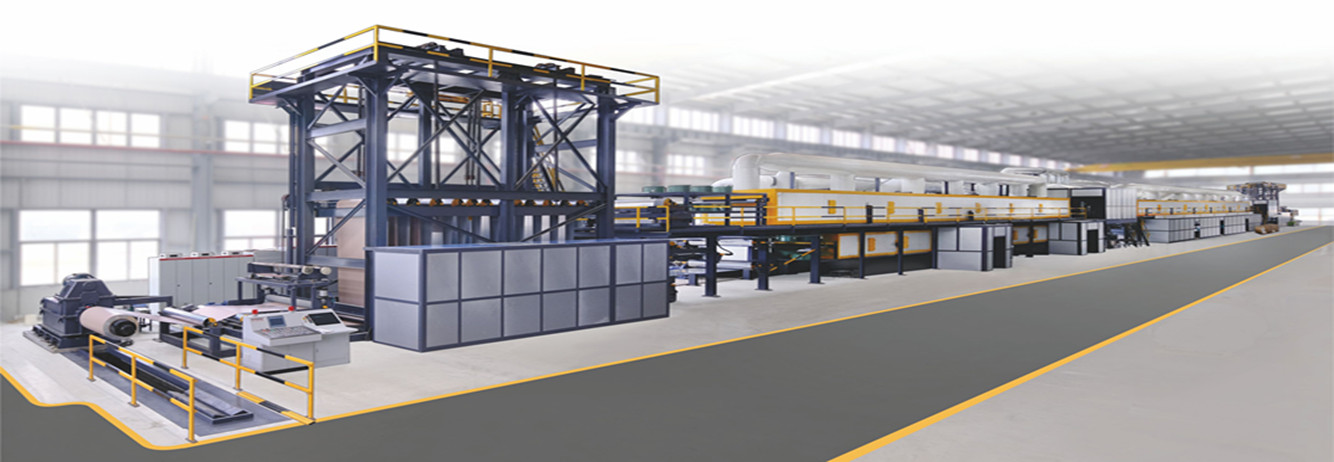In recent years, sustainable design has become an important focus in infrastructure development, encouraging the use of materials that combine strength, durability, and environmental benefits. Steel honeycomb panels have emerged as a preferred choice in this context, thanks to their unique structure and performance characteristics. As demand grows, the efficiency of the honeycomb panel production line has also gained attention, playing a key role in meeting industry needs.

Steel honeycomb panels are recognized for their lightweight yet strong construction, which is achieved through a core structure resembling a honeycomb. This design provides reliable strength-to-weight ratio, making the panels suitable for a variety of infrastructure applications. From bridges and highways to commercial buildings and industrial facilities, these panels contribute to reducing material consumption and improving overall project sustainability.
One factor that has helped increase the availability of steel honeycomb panels is the modernization of the honeycomb panel production line. Advances in manufacturing processes have enabled higher precision and faster output, reducing waste and energy use during production. This progress supports sustainable building goals by less the environmental impact associated with material fabrication. The streamlined production line also ensures consistent panel quality, which is essential for the long-term performance of infrastructure components.
Sustainability is not only about the environmental aspect but also involves economic and structural efficiency. Steel honeycomb panels offer long service life and resistance to various environmental stressors such as corrosion and impact. Their durability reduces maintenance costs and resource use over the lifespan of a project. Additionally, the reduced weight of these panels compared to traditional solid steel plates lowers transportation and installation energy consumption, contributing further to sustainable construction practices.
The honeycomb panel production line is designed to accommodate diverse panel sizes and thicknesses, catering to different project requirements. This flexibility allows engineers and architects to integrate steel honeycomb panels into innovative designs while meeting structural standards. The ability to customize panels also helps optimize material use, avoiding unnecessary excess and reducing the carbon footprint of construction projects.
Furthermore, the recyclability of steel used in honeycomb panels supports circular economy principles. At the end of their service life, these panels can be reprocessed and reused, less landfill waste and conserving raw materials. This characteristic aligns well with sustainability objectives that encourage the use of recyclable building components.
As infrastructure projects increasingly incorporate sustainable design principles, the demand for steel honeycomb panels continues to grow steadily. Developers and contractors recognize the advantages of using materials that enhance structural integrity while reducing environmental impact. The honeycomb panel production line, through ongoing improvements in efficiency and quality control, plays a crucial role in ensuring the steady supply of these panels to the market.
In summary, steel honeycomb panels offer a combination of strength, lightweight construction, and environmental benefits that make them valuable in sustainable infrastructure projects. The advances in honeycomb panel production line technology support the efficient manufacture of these panels, helping to meet increasing demand. Together, these factors contribute to the wider adoption of steel honeycomb panels as a material choice aligned with sustainable building goals.

 中文简体
中文简体 English
English Português
Português русский
русский Español
Español عربى
عربى









